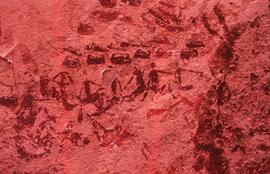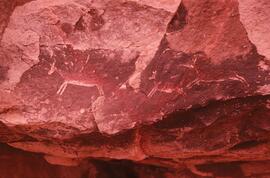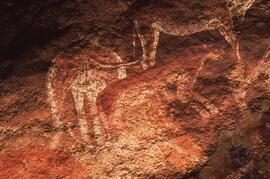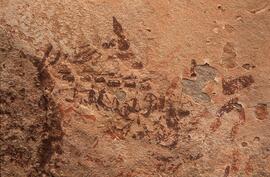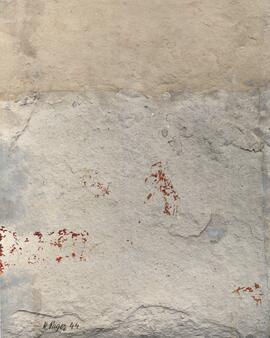RARI RARI-RARI-RSA-BTH1-3R.jpg
·
Item
Part of RARI
Elements area
Taxonomy
Code
Scope note(s)
Source note(s)
Display note(s)
Hierarchical terms
Botha’s Shelter I
BT Bergville



